1. Dogs Eat Grass Only When They’re Sick

Not always true. Research shows grass-eating is widespread. In one study, ~68% of dogs ate plants regularly. Only about 8–9% appeared ill beforehand, and approximately 20–22% vomited afterward. While some dogs nibble grass to trigger vomiting, most do it because they like the taste, need fiber, or are bored. Less than 10% show sickness before grazing, and under 25% vomit afterward, so it’s not automatically a medical emergency. That said, if your dog is eating grass obsessively, keeps vomiting, or shows other issues like low energy or appetite loss, a vet visit is wise to rule out digestive disorders or parasites.
2. Warm, Dry Nose = Sick Dog?
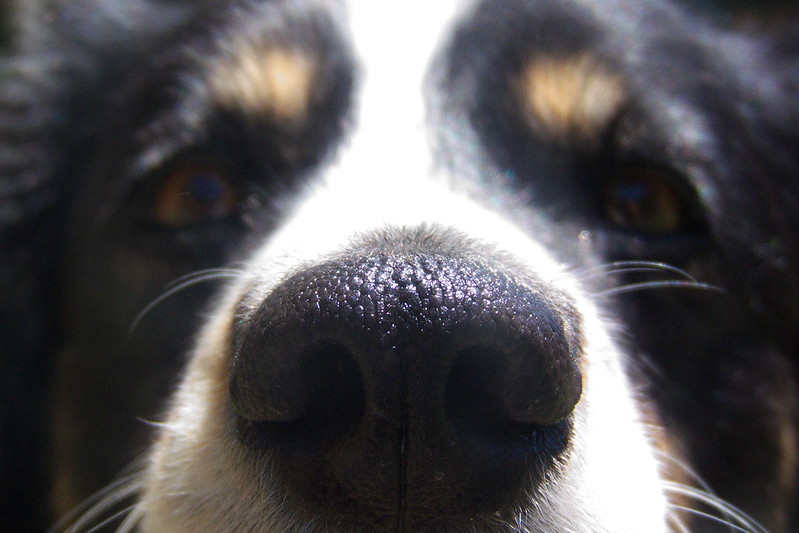
A dog’s nose can go dry or warm after sleeping, in warm weather, or even due to age, and that’s totally normal, dogs don’t constantly have to have “cold, wet noses.” Only if you notice persistent crusting, bleeding, or other symptoms alongside lethargy or no appetite should a vet check things out. So instead of touching noses to judge health, look for more solid signs like energy levels, eating habits, or barking behaviors. If in doubt, a quick temperature check (normal is about 101–102.5°F) is far more reliable. Otherwise, a dry or warm nose by itself is fine.
3. One Human Year = Seven Dog Years
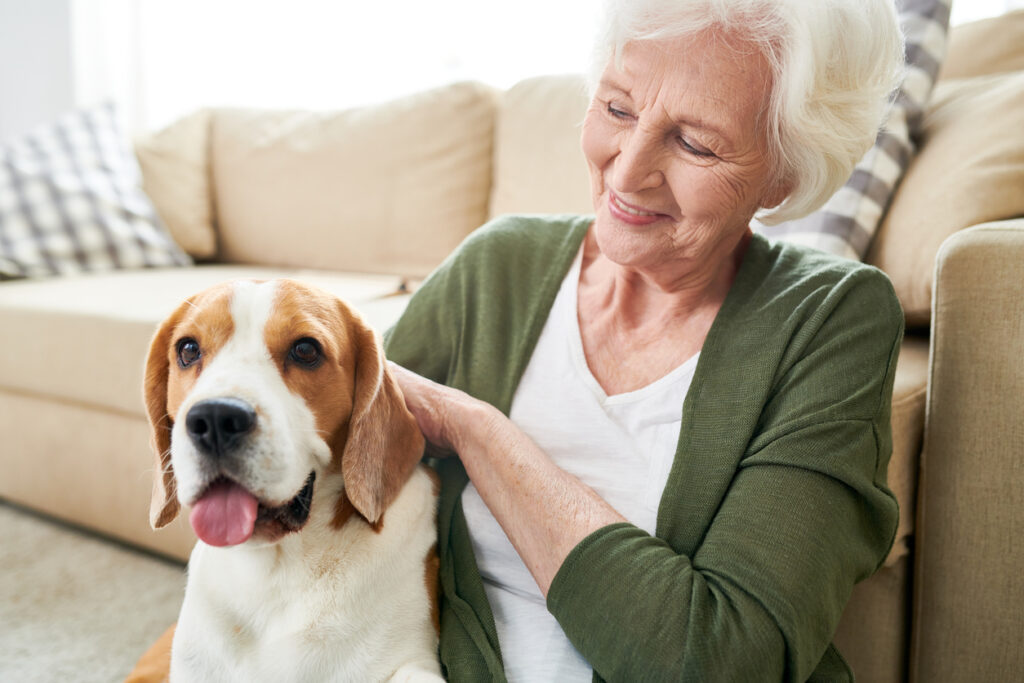
Dogs age in a non-linear way: rapid development in the first year, then breed- and size-dependent aging. Dog ageing doesn’t follow a flat 1:7 ratio, it depends on their size, breed, and life stage. Puppies mature rapidly in the first year, while large breeds age faster than smaller ones. Veterinarians now prefer more nuanced charts that reflect breed‑specific growth patterns and real health markers. That old rule is fun, but not useful for knowing when to expect dental checks, joint concerns, or other age‑related care.
4. A Wagging Tail = Happy Dog
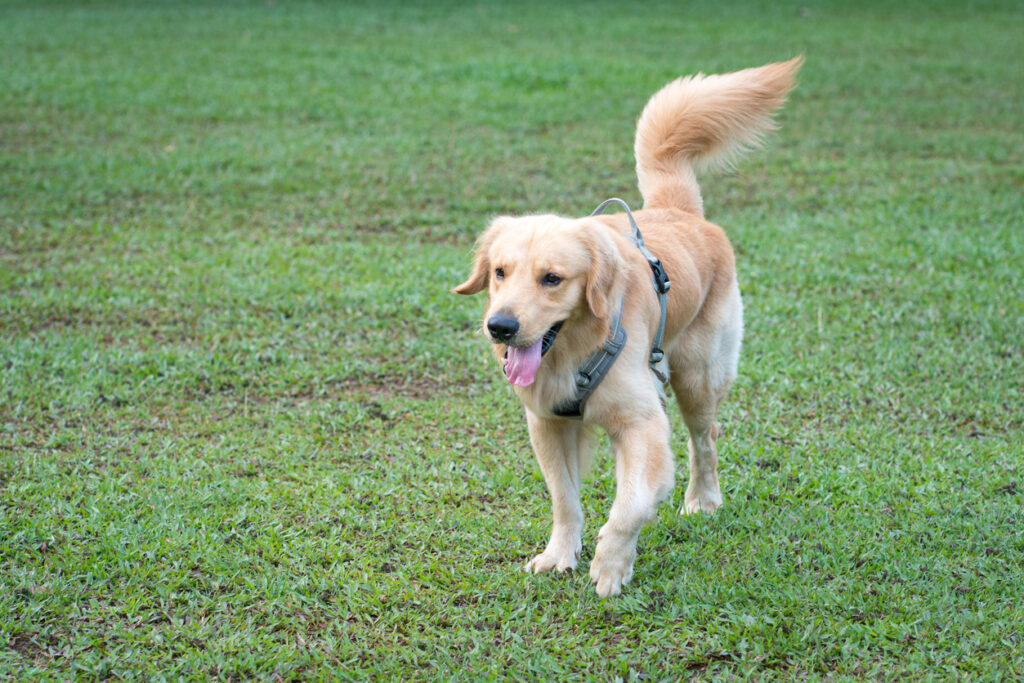
Tail-wagging simply signals arousal, which can be positive (happiness, excitement) or negative (stress, aggression). Context matters including tail position, wag speed, and direction. A fast, high wag can show happiness, while slow, low, or stiff wagging may mean stress, insecurity, or even aggression. Always check more signals: ear position, body tension, muzzle shape, and growling. If a dog’s tail is wagging but their ears are pinned back or fur bristling, giving them space is the safest choice.
5. Dogs Shouldn’t Sleep in Your Bed

Sharing beds can be okay, sometimes even helpful. Bed‑sharing isn’t harmful for most healthy dogs; in fact it can strengthen your bond, aid in anxiety reduction, and promote better rest. That said, make sure your dog is healthy (no parasites or allergies), you’re okay with sharing space, and both of you are comfortable. If either digs, growls, or disrupts sleep, it might be time to establish a separate dog bed.
6. Dominance Matters? No, Positive Wins
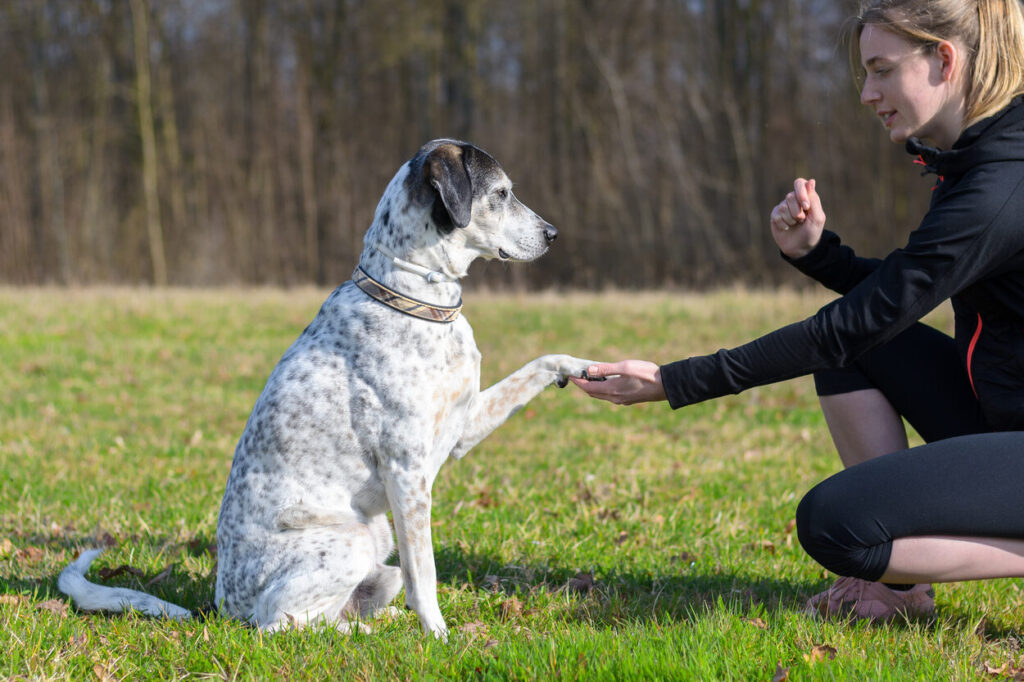
Many trainers used to believe dogs see us as pack leaders, but modern science shows this is misleading. Dogs don’t live by wolf-pack rules, they evolved alongside humans, forming more cooperative bonds. When specialists studied dominance in dogs, they found that aggressive or fearful behavior is often misunderstood as “dominance,” while it usually stems from stress, anxiety, or confusion.nTrying to dominate dogs using harsh tactics like “alpha rolls” or force-based commands can damage trust and even provoke bite risks. Instead, vets and behaviorists recommend positive reinforcement, praise, treats, and consistency, which builds confidence and a cooperative, loving relationship with your dog.
7. Guilty Look = Guilt? Not Really

That sad look? It’s fear, not remorse. When your dog freezes with pinned ears or lowered head, it’s tempting to think they feel guilty, but research shows otherwise. Dogs usually display these signals after being scolded or sensing your displeasure, not because they understand wrongdoing. A 2009 study revealed dogs gave the “guilty look” more often when their owners reprimanded them, even if they hadn’t misbehaved. Experts say you’re seeing fear or appeasement, dogs aiming to avoid conflict, not regret. They live in the moment, and rarely connect past actions with emotional consequences. So that look isn’t a confession, it’s just your pup trying to keep the peace in their own way.
8. Old Dogs Can’t Learn? They Can

Age is just a number, keep teaching. Whether your dog is 2 or 12, they can still learn. Sure, older dogs might be a bit slower to pick up cues, but they still respond well to training when it’s done with patience and rewards. It’s all about using clear signals, repetition, and positive reinforcement rather than expecting puppy-speed learning. Training also keeps senior dogs mentally sharp and emotionally engaged. Teaching them new behaviors can slow cognitive decline, improve confidence, and enhance your bond. So don’t shy away from “sit,” “leave it,” or trick-learning, your wise-and-wonderful older dog is still eager to engage and please you.
9. Fenced Yard = Enough? Think Again
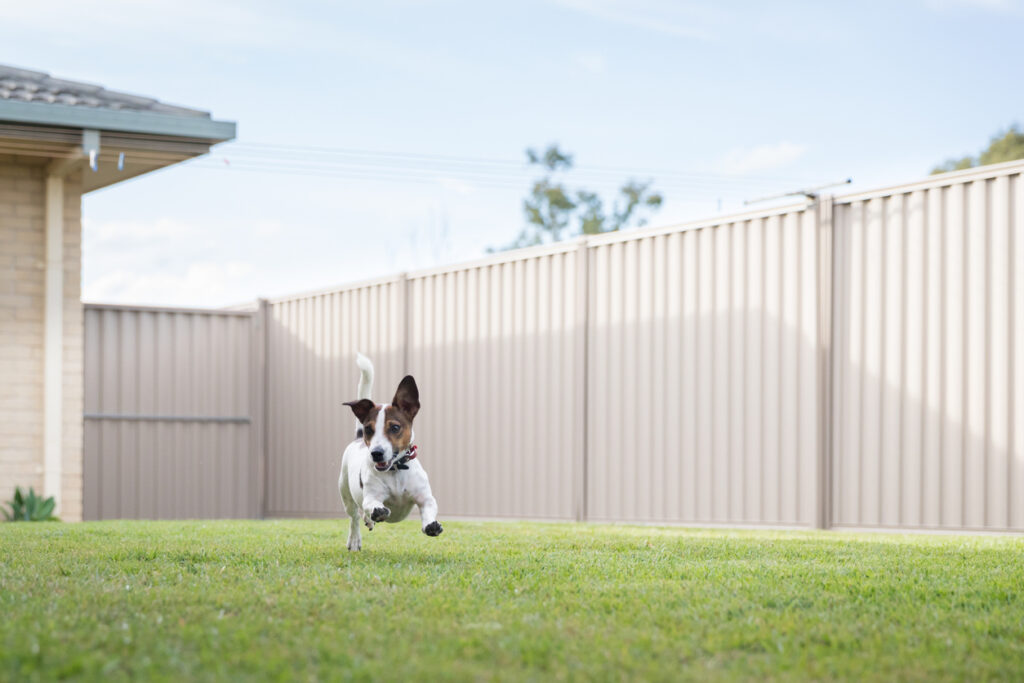
Yard access isn’t exercise play. Letting your dog out in the yard isn’t a substitute for real exercise. While free outdoor time is valued, passive time spent sniffing around doesn’t meet a dog’s physical or mental needs. Most dogs thrive on structured walks, variety in movement, and interaction with people or other dogs. A balanced routine could include a brisk daily walk, puzzle toys that challenge the mind, games like fetch, and training sessions. This combo helps your dog release energy, reduces boredom, supports joint health, and builds a more content, well-behaved companion, one who isn’t just wandering the yard waiting for something to do.
10. Born with Cropped Ears or Docked Tail? No Way

Some breeds are associated with cropped ears or docked tails, but these aren’t genetic. These procedures are human decisions, often tied to outdated breed standards or aesthetics rather than the dog’s well-being. In many countries, such surgeries are banned unless medically necessary. They don’t improve behavior or health, often quite the opposite. Cropping and docking can be painful, require anesthesia, and potentially lead to complications or chronic issues. The trend now is to embrace natural appearances and respect dogs as they are, free from unnecessary cosmetic alteration.
This story 10 Dog Myths Vets Wish Owners Would Stop Believing In was first published on Daily FETCH


